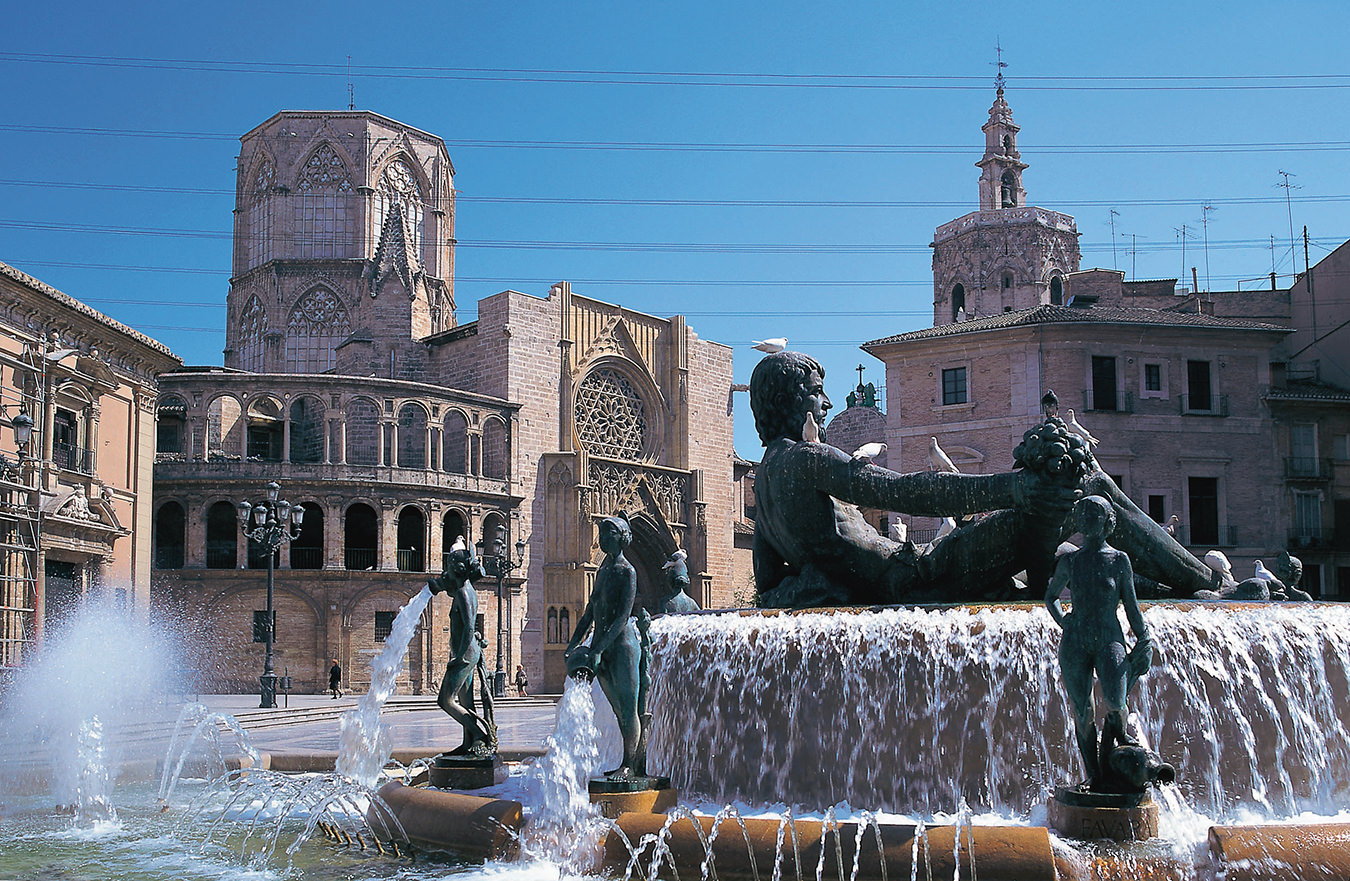The Fine Wines of Rioja’s Bodegas Puelles
From wine immemorial.
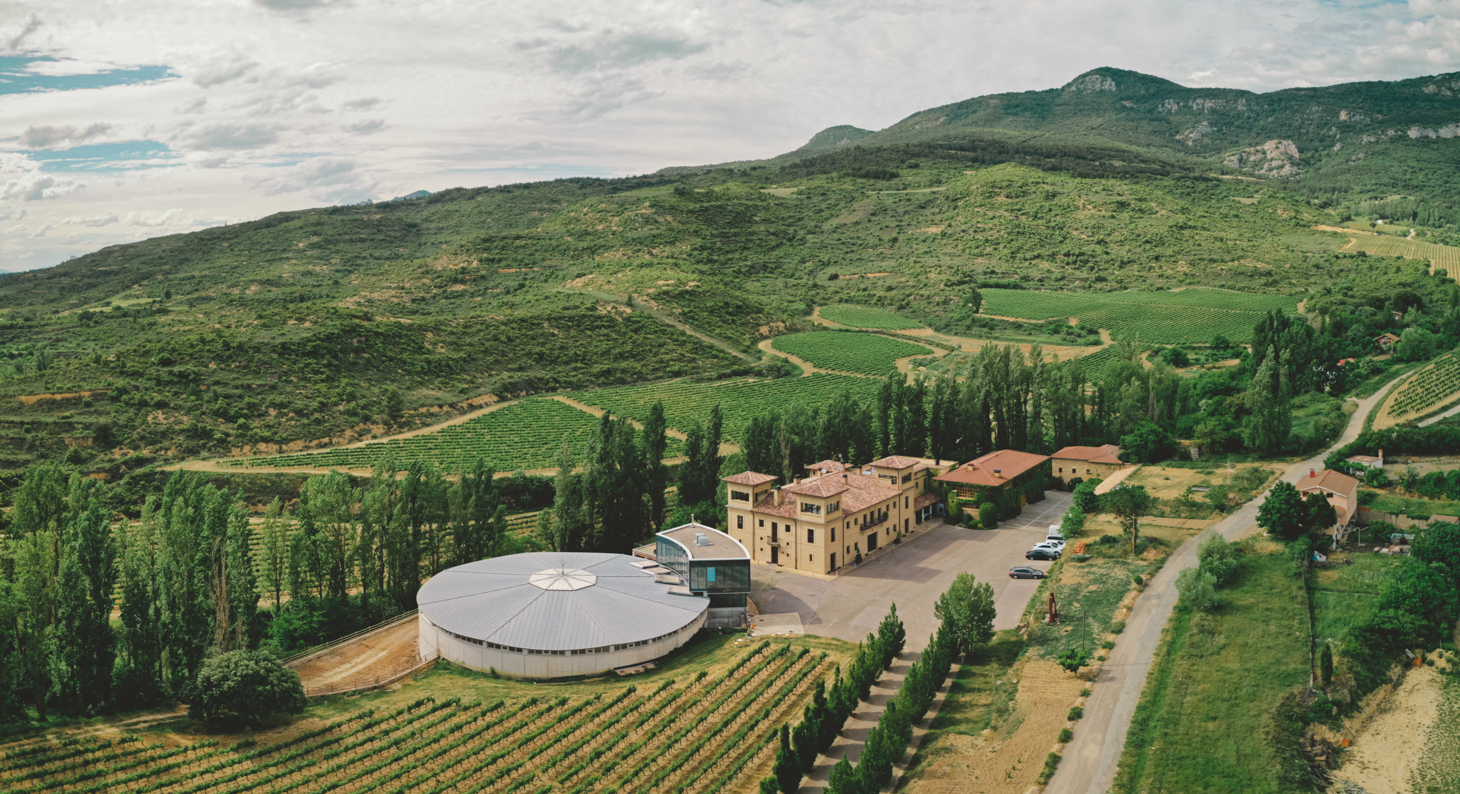
Irene Puelles, a member of the latest generation of her family of wine producers in Spain’s Rioja region, has an answer to people who say they are third-, fourth-, or Nth-generation winemakers. “The Puelles family has been living in the village of Ábalos since time immemorial,” she says. They had a chapel in the village church when it was built in the 1500s. “Our ancestors were grape growers and made wine in their houses for many years. We cannot determine exactly which generation we belong to.”
But if she has to put a number on it? “My father is aware that his great-great-grandfather made wine with my father’s grandfather, so my brothers and I are at least the fifth generation of the family.” They continue a valuable name because Bodegas Puelles makes some of the best wines in Rioja.
And grape-growing is not only on her father’s side. “Our maternal grandparents were also grape growers from Cárdenas, another village. We are very proud to have recovered those very old vineyards, and we continue working them, just as they did in the past.”
The vines in Cárdenas—mostly white varieties—are 80 years old, while some of while some of the mainly red varieties in Ábalos are more than 100. Tempranillo, the signature grape variety of Rioja, predominates in those vineyards, as it does in the red Rioja wines of Bodegas Puelles. They are totally or almost totally made from tempranillo—some contain five or six per cent other varieties.
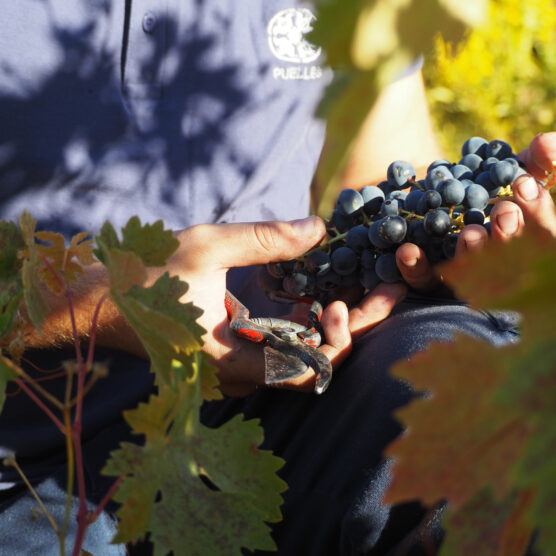
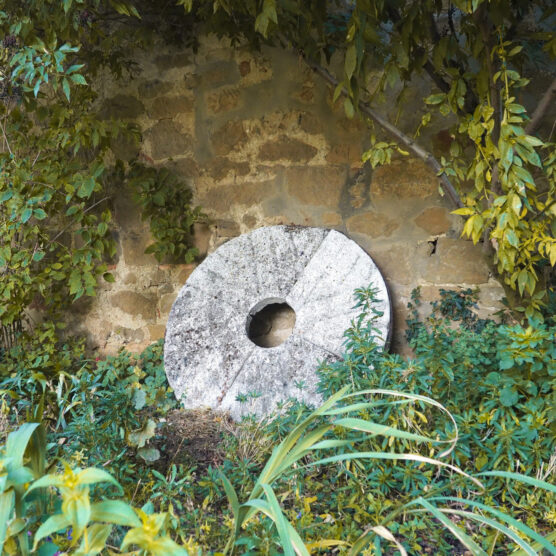
Today, Bodegas Puelles focuses on wines that carry the Rioja name, although it also makes some popular wines with no regional designation. In 2017, the Rioja wine authorities reworked the labelling rules for the region, but they are still mainly based on the length of time wines must be matured before being sold. For example, red Rioja wines labelled Crianza (Matured) must be aged a minimum of two years, at least one in barrel; Reserva wines must be matured three years, at least one year in barrel and six months in bottle; and Gran Reserva wines must be aged a full five years, with a minimum two years in barrel and two in bottle.
At Bodegas Puelles, aging is not just a matter of satisfying Rioja’s wine regulations: the winery is notable for releasing wines when they are quite mature. In 2022, it put the 2008 Puelles Rioja Gran Reserva on the market. At 14 years old, it showed astonishing freshness, with its flavours, structure, and balance undiminished. It was followed soon after by Puelles Rioja Reserva 2014 and 2009 vintages. The whole range of Puelles Rioja wines–Crianza, Reserva, and Gran Reserva–delivers delicious flavours, excellent structure, and perfect balance.
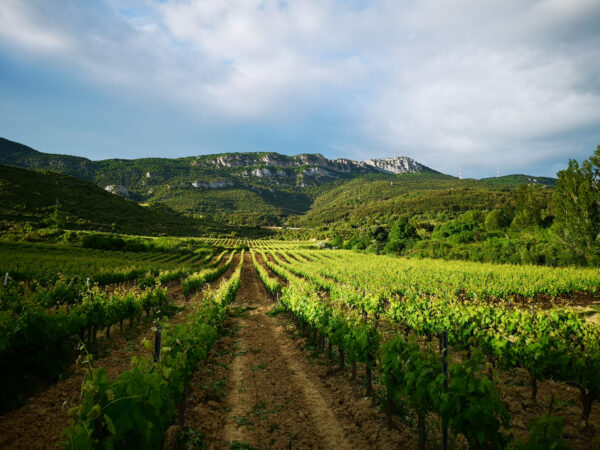
A recent revision to Rioja’s regulations also allows producers to add the name of their village to the label, a long-awaited recognition that the varied growing conditions and winemaking decisions in Rioja lead to distinct wine styles. As Irene Puelles says, “It is quite unknown that Rioja is very diverse and very rich. It’s not only divided into three zones, but also into many very different terroirs. It is very diverse.”
Rioja is not a standardized wine, where if you’ve tried one, you’ve tried them all. They represent diversity, quality, and value, and they deserve a deep dive. Bodegas Puelles is an excellent springboard to start from.
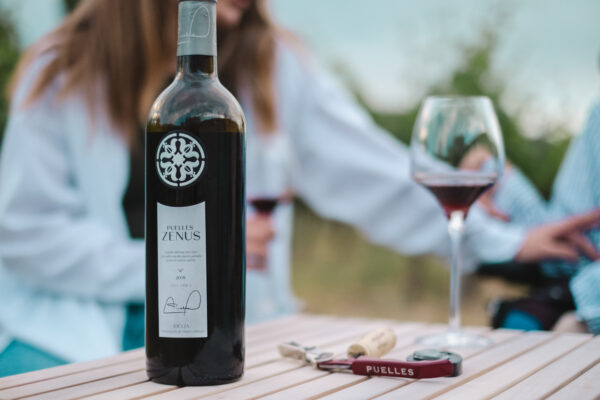
Bodega Puelles wines
Puelles Gran Reserva 2008
Puelles Rioja Reserva 2009
Puelles Rioja Reserva 2014



